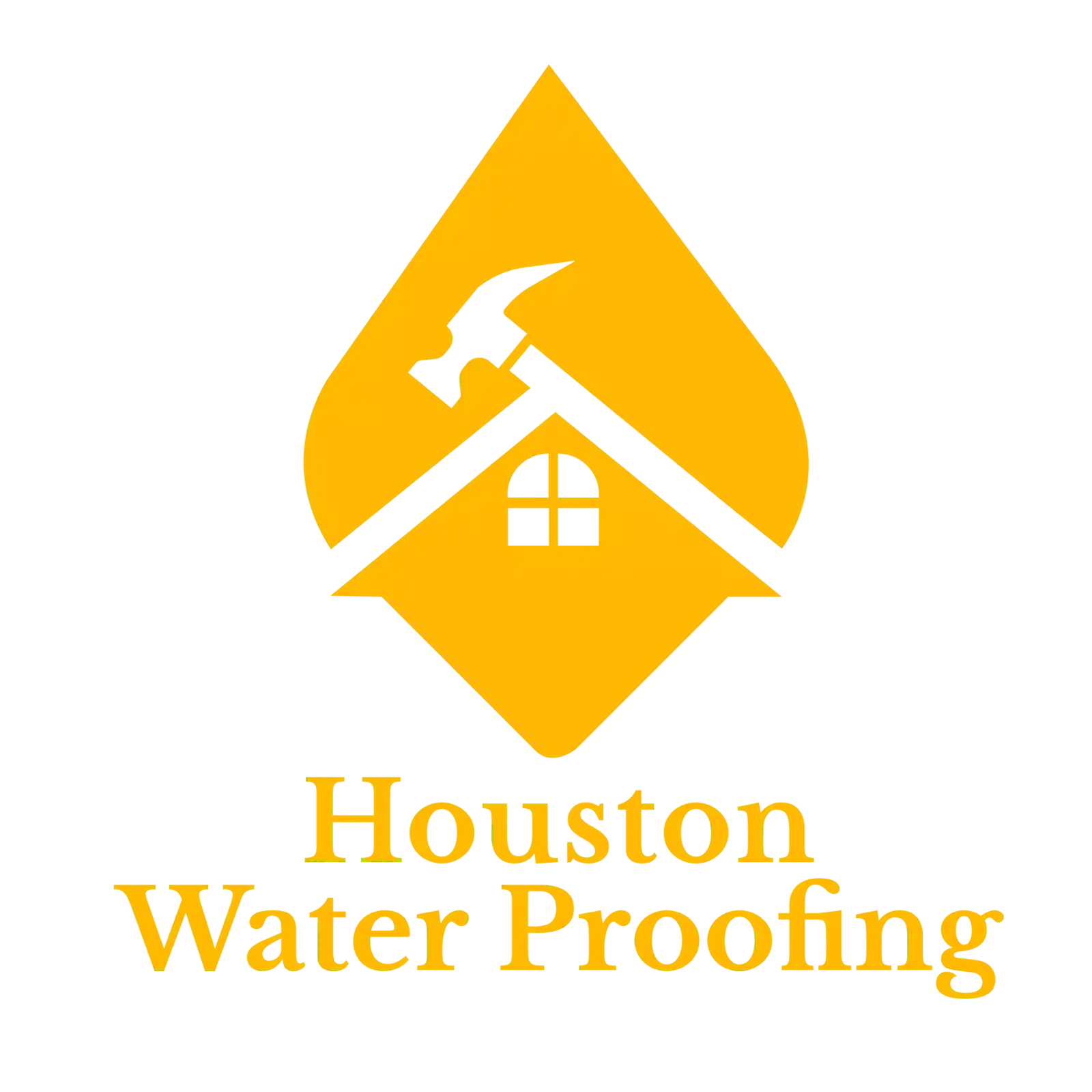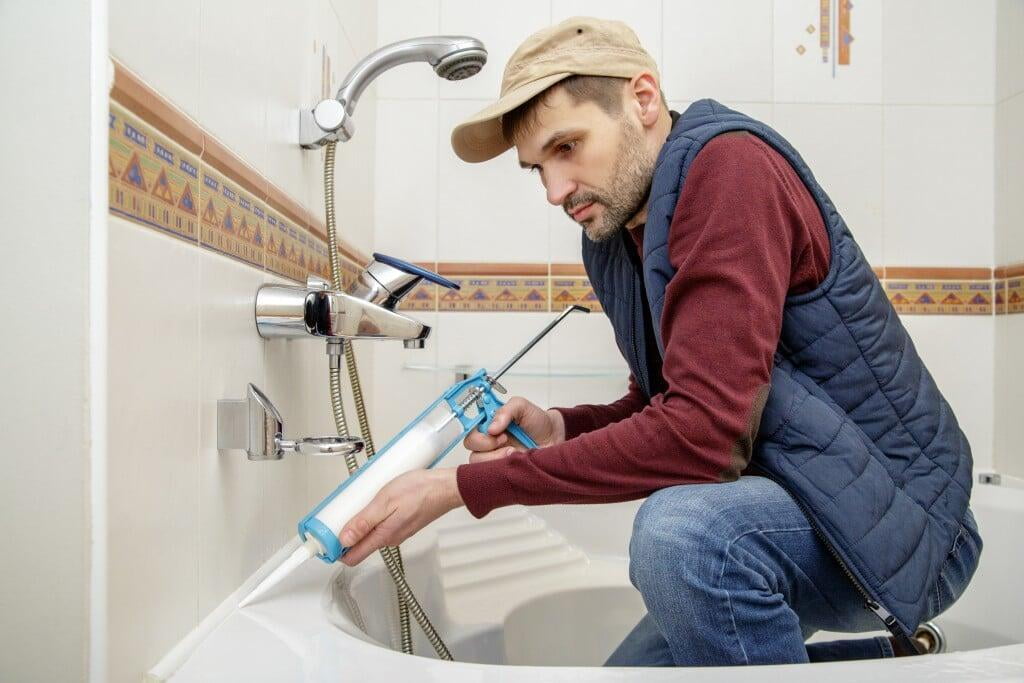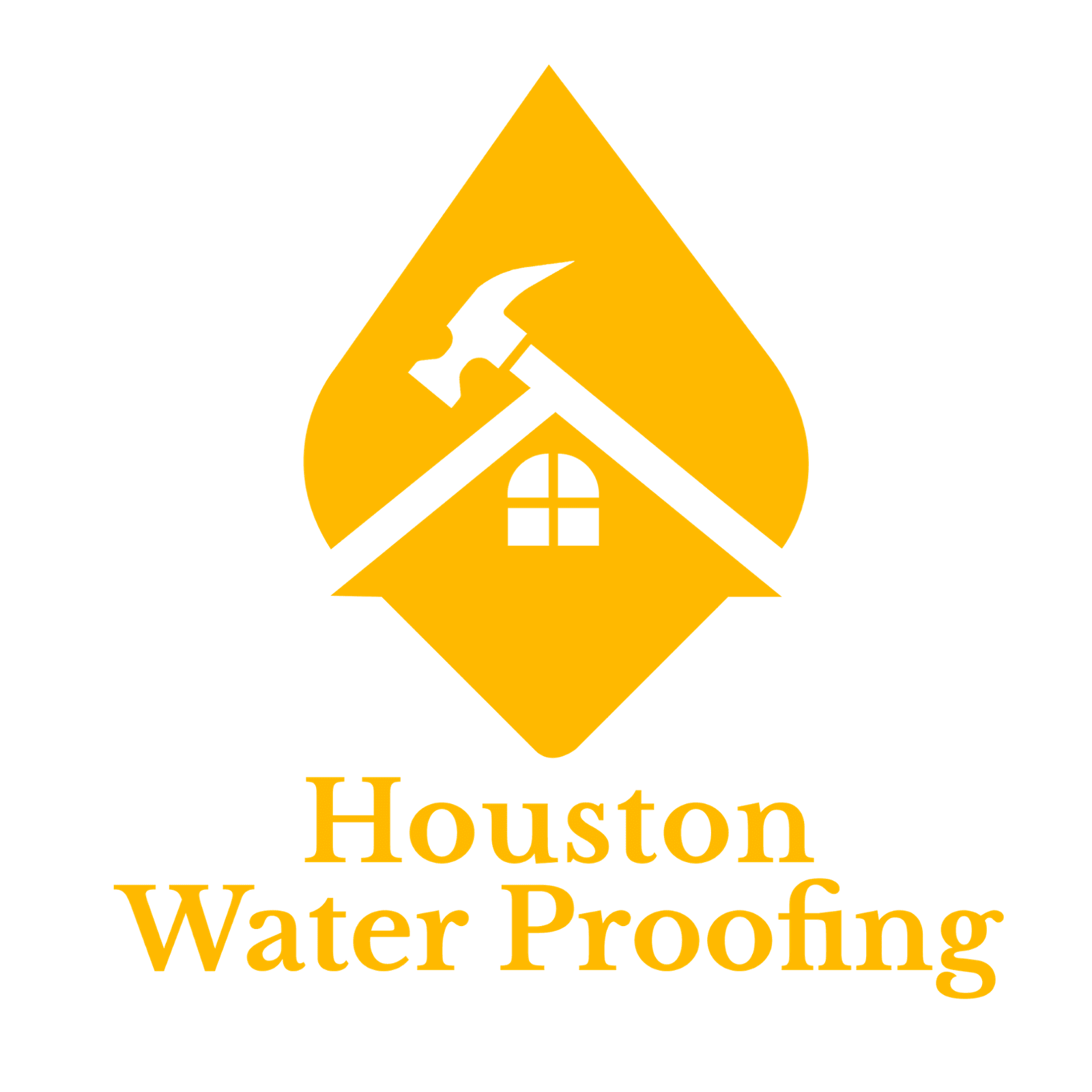Caulking is an essential part of maintaining a clean and watertight bathroom. Properly applied caulking prevents water damage, and mold growth, and ensures the longevity of your bathroom fixtures. In this comprehensive guide, we will walk you through everything you need to know about bathroom caulking, including its importance, the materials needed, techniques for application, and maintenance tips.
Understanding the Importance of Bathroom Caulking
Understanding the Importance of Bathroom Caulking
Understanding the Importance of Bathroom Caulking
· The role of caulking in preventing water damage and leaks.
· How caulking prevents the growth of mold and mildew.
· The impact of faulty caulking on the structural integrity of bathroom fixtures.
Choosing the Right Caulking Material
Choosing the Right Caulking Material
Choosing the Right Caulking Material
· Different types of caulk are available for bathroom applications.
· Silicone, acrylic, and hybrid caulk: pros and cons.
· Selecting the appropriate caulk for different surfaces and conditions.
Preparing for Caulking
Preparing for Caulking
· Tools and materials required for a successful caulking job.
· Safety precautions to consider before starting.
· Properly removing old caulk for a clean surface.
Caulking Techniques
Caulking Techniques
· Step-by-step instructions for applying caulk around sinks, bathtubs, showers, and toilets.
· Achieving smooth and even caulk lines.
· Dealing with corners, joints, and gaps effectively.
Drying and Curing
Drying and Curing
· Understanding the drying and curing time for different types of caulking.
· Factors that influence the drying process.
· How to ensure proper ventilation during drying.
Maintaining Caulk in Bathrooms
Maintaining Caulk in Bathrooms
· Regular inspection and maintenance to identify issues.
· Cleaning and preventing mold and mildew growth on caulked surfaces.
· Signs that indicate caulk replacement is necessary.
Troubleshooting Common Caulking Problems
Troubleshooting Common Caulking Problems
· Cracked, peeling, or discolored caulk: causes and solutions.
· Dealing with gaps or uneven caulk lines.
· Addressing water leakage or mold growth despite caulking.
Advanced Tips and Tricks
Advanced Tips and Tricks
· Using masking tape for precise caulk lines.
· Mixing and matching caulk colors with bathroom aesthetics.
· Alternative caulking techniques for specific scenarios.
Shower grout sealer plays a crucial role in bathroom caulking and maintaining a clean, watertight, and visually appealing bathroom. By following the tips, techniques, and maintenance guidelines outlined in this blog, you'll be well-equipped to tackle caulking projects with confidence.
Exploring Waterproofing Materials: A Comprehensive Guide for Every Application
Exploring Waterproofing Materials: A Comprehensive Guide for Every Application
Waterproofing is a vital process in protecting various structures from water damage and ensuring their longevity. Whether it's a building foundation, a roof, a bathroom, or a deck, selecting the right waterproofing materials is crucial for effective water resistance. We will delve into the world of waterproofing materials, discussing their types, applications, advantages, and considerations to help you make informed decisions for your waterproofing projects.
Understanding Waterproofing
Understanding Waterproofing
· The importance of waterproofing in preventing water damage.
· How water infiltration can affect different structures.
· The benefits of proactive waterproofing.
Types of Waterproofing Materials
Types of Waterproofing Materials
These are the best types of waterproofing materials coming directly from experts' desks-
· Liquid waterproofing membranes: advantages, application methods, and popular products.
· Sheet membranes: types, installation techniques, and suitable surfaces.
· Cementitious coatings: properties, applications, and limitations.
· Bituminous coatings: use, installation, and durability.
· Polyurethane-based sealants: flexibility, adhesion, and common applications.
· Bentonite-based waterproofing: working principles and application considerations.
Waterproofing Applications
Waterproofing Applications
· Foundation waterproofing: techniques and materials for basements and crawl spaces.
· Roof waterproofing: membranes, coatings, and considerations for flat and sloped roofs.
· Bathroom waterproofing: caulking, membranes, and best practices.
· Exterior walls and facades: water repellents, coatings, and weatherproofing solutions.
· Decks and balconies: specialized membranes, coatings, and maintenance tips.
Factors to Consider
Factors to Consider
Here are some top-notch waterproofing factors listed you must read-
· Environmental factors: temperature, humidity, and exposure to UV radiation.
· Substrate compatibility: selecting materials suitable for different surfaces.
· Flexibility and movement: accommodating structural expansion and contraction.
· Durability and lifespan: evaluating materials for long-term effectiveness.
· Application complexity: considering ease of installation and maintenance requirements.
Choosing the Right Waterproofing Material
Choosing the Right Waterproofing Material
· Assessing the specific needs of your project.
· Consulting professionals and considering local building codes.
· Evaluating cost-effectiveness and long-term benefits.
· Balancing performance with aesthetic considerations.
Installation and Maintenance
Installation and Maintenance
· Preparing the surface: cleaning, repairing, and priming.
· Application techniques: following manufacturer instructions and industry best practices.
· Inspecting and maintaining waterproofed surfaces: identifying and addressing potential issues.
Common Waterproofing Mistakes to Avoid
Common Waterproofing Mistakes to Avoid
· Improper surface preparation and application techniques.
· Neglecting regular maintenance and inspections.
· Inadequate consideration of environmental factors.
Future Trends in Waterproofing
Future Trends in Waterproofing
· Advancements in eco-friendly and sustainable waterproofing materials.
· Technological innovations improve application efficiency and durability.
· Integration of smart solutions for real-time monitoring and maintenance.
Conclusion
Conclusion
Choosing the right waterproofing materials is essential for safeguarding structures against water damage. By understanding the different types of waterproofing materials, their applications, and key considerations, you can make informed decisions and ensure effective water resistance in your projects. Remember, proper installation and ongoing maintenance are crucial for maximizing the lifespan and performance of waterproofing systems. Stay informed, consult experts when needed, and prioritize the long-term protection of your structures.


